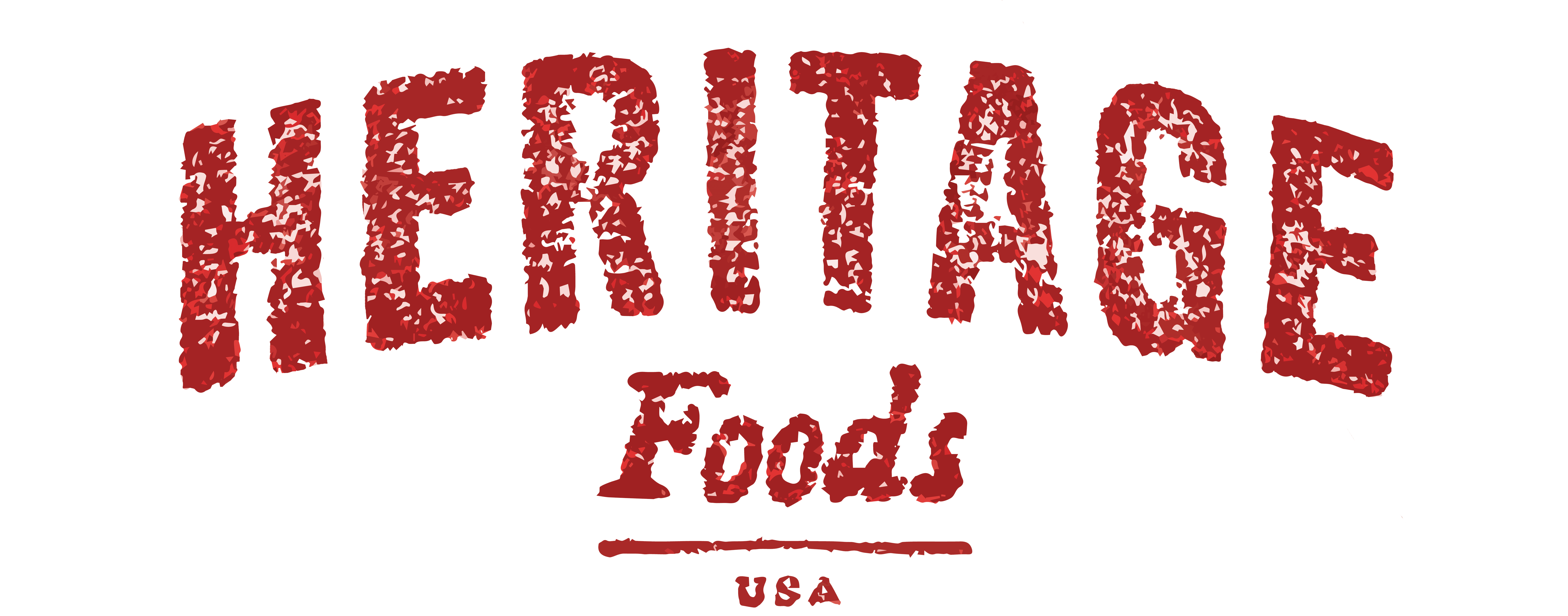
The Fault in Our Burgers
As summer gets rolling, so does the season of endless grilling and weekend cookouts. Topics of discussion as of late have centered on those summer cooking staples. From burgers to spare ribs to brats, everyone has been quick to share their recipes and techniques, touting them as Ultimate Guides to… and Deconstructions of the Perfect [insert summer food favorite here]. In this onslaught of information I can’t help but notice a glaring lack of attention paid to the star of the show.
How is it that 1600 words dedicated to the art and science of the absolute perfect burger can completely fail to mention or acknowledge the provenance of the meat itself? Paragraphs are dedicated the critical analysis of bun choice, while other sections are devoted to the art of how melted the cheese should be. As a food lover with an analytical background I admit I’m happy to read these articles, but ultimately this is a conversation that only those who have the luxury of spending their time carefully considering such choices can really participate in. And in that vein, considering it a conversation about food with those who have the power to most affect and drive the direction of our food system, aren’t we missing an opportunity?
I’ve been a longtime fan of Alton Brown. I have always had a great deal of respect for his philosophies that food should be accessible. Brown is careful not to include ingredients in his recipes that are difficult to source for the average cook, whether they are in Oklahoma or San Francisco. When how-to articles omit specifics about sourcing meat I suspect that they are protecting themselves against the accusation of being elitist, but I can’t help but wonder, when you elevate the status of America’s most iconic and accessible sandwiches in such a way that you can’t see the forest for the trees, haven’t we already crossed that line?
What we end up with is a gaping void in the conversation about and progress of our sustainable food system. In a country where it’s now commonplace to find organic produce in a corner bodega, why are we still afraid to talk about where our meat comes from? The last few years have seen a kale revolution. In large part this has taken place because the drivers in our food culture started the conversation, and consumers informed themselves and demanded better, healthier options.
20 years ago it would probably have been considered elitist to ask for arugula in a small town American grocery chain, but now you can find it next to the Swiss chard, kale, and butter lettuce just about everywhere. The conversations about the food we eat ultimately drive the choices we have available to us. Without demand for better ingredients and healthier, more sustainable products, the same market incentives that brought access to organic produce for the masses will never exist. It all starts with the conversation, and asking the right kinds of questions.
What makes a really good burger become a great burger? The ratio of fat to lean muscle will always be an important consideration, but you’d be hard pressed to find a reputable butcher that isn’t grinding at an 80/20 lean meat to fat ratio (it beautifully follows Pareto’s principle after all). So we are now left wondering, what’s left to ask about?
Growing produce and raising livestock sustainably are really two different games. It is important to understand that the questions we ask about our produce will be different then the questions we need to ask about our livestock. And those questions can’t begin until the leaders in our food culture acknowledge that they exist.
